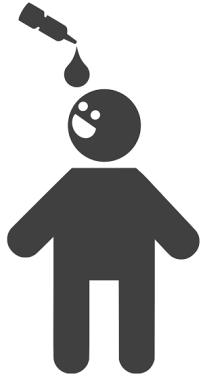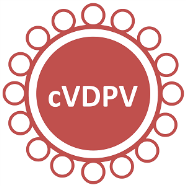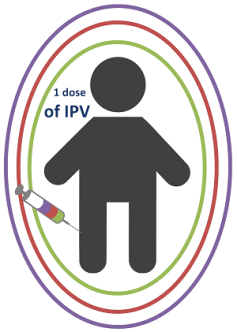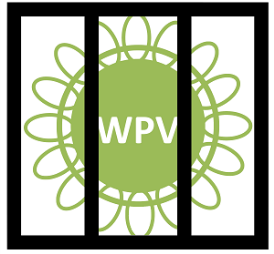22/02/2016
Containment
Securing a Polio-free World
Through this series of short videos, learn about the polio vaccines, the phased removal of the oral polio vaccine and poliovirus containment
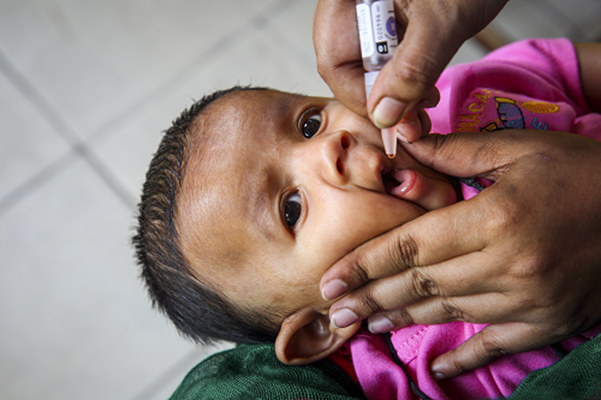
This series of six short videos explain the important steps that are being taken to make sure that, once the poliovirus has been eradicated, it will never have the opportunity to return. We have never been closer to achieving our goal; but there is much still to be done to secure a polio-free world.
Once wild polio has been eradicated, the only risks of the virus returning would come from rare strains of circulating vaccine derived polioviruses, and from potential leaks of the virus from laboratories or vaccine manufacturers. This series of videos will explain the work being done to address these risks: from the vaccines that are being used to stop polio; to how the oral polio vaccine is being phased out from April 2016 to remove any risk of vaccine-derived polioviruses, starting with the switch from trivalent to bivalent oral polio vaccine in April 2016; and how securely containing polioviruses within laboratories and vaccine manufacturing sites will keep every last child protected, long into the future.
Two vaccines have brought us to the brink of a polio-free world: the oral polio vaccine and the inactivated polio vaccine. Learn how these vaccines work and the different, complementary roles they have to play in delivering a polio-free world.
In order to secure a polio-free world for all future generations, we must eradicate all strains of the virus. Learn about wild polioviruses and vaccine-derived polioviruses, and what needs to be done to stop both strains for good.
Learn about the switch from trivalent bivalent oral polio vaccine in April 2016 – the biggest, globally-synchronised project in the history of vaccines – and why gradually phasing out the oral polio vaccine is essential to prevent the emergence of circulating vaccine-derived polioviruses in the future.
Learn about the safety nets being put in place to make sure that the phased withdrawal of the oral polio vaccine will speed up our journey towards a polio-free world, such as the introduction of the inactivated polio vaccine into routine immunization programmes.
An important part of securing a polio-free world is making sure that laboratories and vaccine manufacturing facilities handle and store polioviruses safely and securely. Through this video, learn why poliovirus containment is now more important than ever in order to keep current and future generations safe from polio.
Thank you for watching!
Please find this video series in French here.
Related
Related News
19/12/2019
GPEI head Michel Zaffran sheds light on the global cVDPV2 situation, the need for type 2-containing OPV, and implications for containment
24/10/2019
Global eradication of wild poliovirus type 3 declared on World Polio Day
14/08/2019
Eastern Mediterranean Regional Commission for Certification of Poliomyelitis Eradication weighs in
11/06/2019
Polioviruses will be kept after eradication in a limited number of laboratories and vaccine manufacturing facilities worldwide. Containment of these viruses will be critical to maintaining a polio-free world.
11/06/2019
Public health legend and head of the Containment Advisory Group Professor David Heymann talks about some of the similarities and differences between poliovirus and smallpox containment, and work of the CAG.
09/04/2019
Polio programme assessed by experts at the global immunization meeting


